While most of us might be mourning spending days outside under the summer sun, winter does have its advantages when it comes to laser skin treatments.
As many laser treatments render the skin more sensitive to UV rays, staying protected and indoors is far more tempting during the cooler months. These wintery days can also soothe post-treatment skin and limit irritation causing sweat. Having fairer winter skin can also increase the contrast between more pigmented areas like sun spots, melasma and scarring, making treating them much easier. Finally, laser skin treatments can offer tired, dry and dull winter skin a youthful boost by stimulating circulation, exfoliating the skin, and promoting collagen production. What’s not to love?
To find out more about the science behind laser therapy and which treatments to choose, we were lucky enough to chat with one of Australia’s leading dermatologists, Dr Davin Lim. Having been in the business for 25 years and boasting over 93 million views on YouTube, Dr Lim knows a thing or two about skin and helping his clients achieve incredible, natural-looking results.
Read on to discover the benefits, drawbacks and different kinds of laser treatments Dr Lim recommends…
Let’s start with the basics. What are laser treatments?
Davin Lim: ‘Laser’ is an encompassing term to describe the use of energy devices that are light based. They include low-level laser emitting devices or light-emitting diodes (LEDs) and, as the name suggests, they are gentle lasers that produce a single wavelength of light. For example, blue light can treat acne, red light can reduce inflammation, and orange light can help speed up the skin’s healing process as well as reduce skin inflammation.
More powerful lasers can be divided into various families, for example, vascular lasers to treat conditions such as redness, pigment lasers to treat pigment, and resurfacing lasers to help reduce textural changes and imperfections in the skin.
What are the benefits of laser treatments?
- A reduction of redness: There are many conditions including rosacea and post-inflammatory redness that patients are bothered about. Vascular lasers can markedly decrease redness and improve the skin’s texture and quality.
- Pigmentation: Pigment lasers include advanced new generation lasers such as the PicoSure Pro. These lasers treat imperfections and textural changes such as pigmentation due to acne, melasma, sun damage as well as genetic conditions.
- Resurfacing: Resurfacing lasers, as the name suggests, resurface the top layer of the skin. More powerful resurfacing lasers can go into the deeper aspects of the skin, thereby improving wrinkles, sun damage, scarring and textural irregularities.
Would you say there are any downsides to laser treatments?
Lasers are very specific in their role and some of these lasers have a very narrow operating window. One of the downsides of laser treatment is the recovery time – with newer technology including the use of fractional laser resurfacing, this downtime can be kept to 3 days or less. For more textural changes whereby we have to resurface at a deeper level, recovery can be up to 2 weeks.
The other downside of lasers is the ability to safely treat darker skin types. Newer-generation Pico lasers have the ability to do this with absolute safety – the PicoSure Pro is an example of one of these lasers.
What are the best laser treatments for tightening the skin?
Laser skin tightening is a little bit of a misnomer. Certainly, powerful lasers such as carbon dioxide lasers can tighten skin, however, the collateral damage is epic. This means healing may take up to 2-3 weeks with persistent redness for anywhere up to 6 months.
Better skin tightening treatments are high-intensity focused ultrasound as well as radio frequency devices. These devices do not emit light but emit heat to help contract collagen for enhanced skin tightening.
What are the best laser treatments for textural issues?
Textural issues are where lasers really shine. The best lasers are resurfacing lasers, which include carbon dioxide as well as erbium laser resurfacing. These lasers are reserved for patients with significant photodamage as well as wrinkles and scars.
A more gentle way to treat and improve skin texture as well as skin quality is to use what’s known as non-ablated fractional laser resurfacing – Fraxel laser is a classic example. Fraxel lasers do not treat the entire portion of skin, however, they treat portions of a percentage of the skin. For example, 30% means 30% of the surface area of the skin is treated.
The main advantage of this is the fastest healing up times – what it would take for a fully ablated laser resurfacing procedure to recover is approximately one week, however, with fractional laser resurfacing the healing up time can be short as one – three days.
And finally, what are the best laser treatments for acne?
There is a new laser known as AviClear from a company called Cutera that is the first laser that actually treats the cause of acne, namely the sebaceous or oil gland. Three treatments are required over a period of three months. The laser itself has FDA approval for the treatment of all forms of acne including mild, moderate and severe cystic acne with a response rate following three treatments upwards of 85%. This new laser is very exciting because patients who may not want systemic therapy with drugs such as Accutane or Roaccutane now have an effective treatment for acne.
You’ll also like this:
Support Skin Health from the Inside Out: Simple Tips for a Radiant Complexion
The Ultimate Lip Care Guide: Lip Masks vs. Lip Balms
Step into the Lap of Luxury: La Prairie’s Art of Beauty Lounge at Sydney International Airport
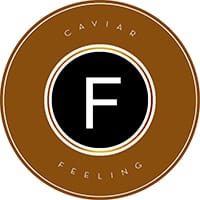
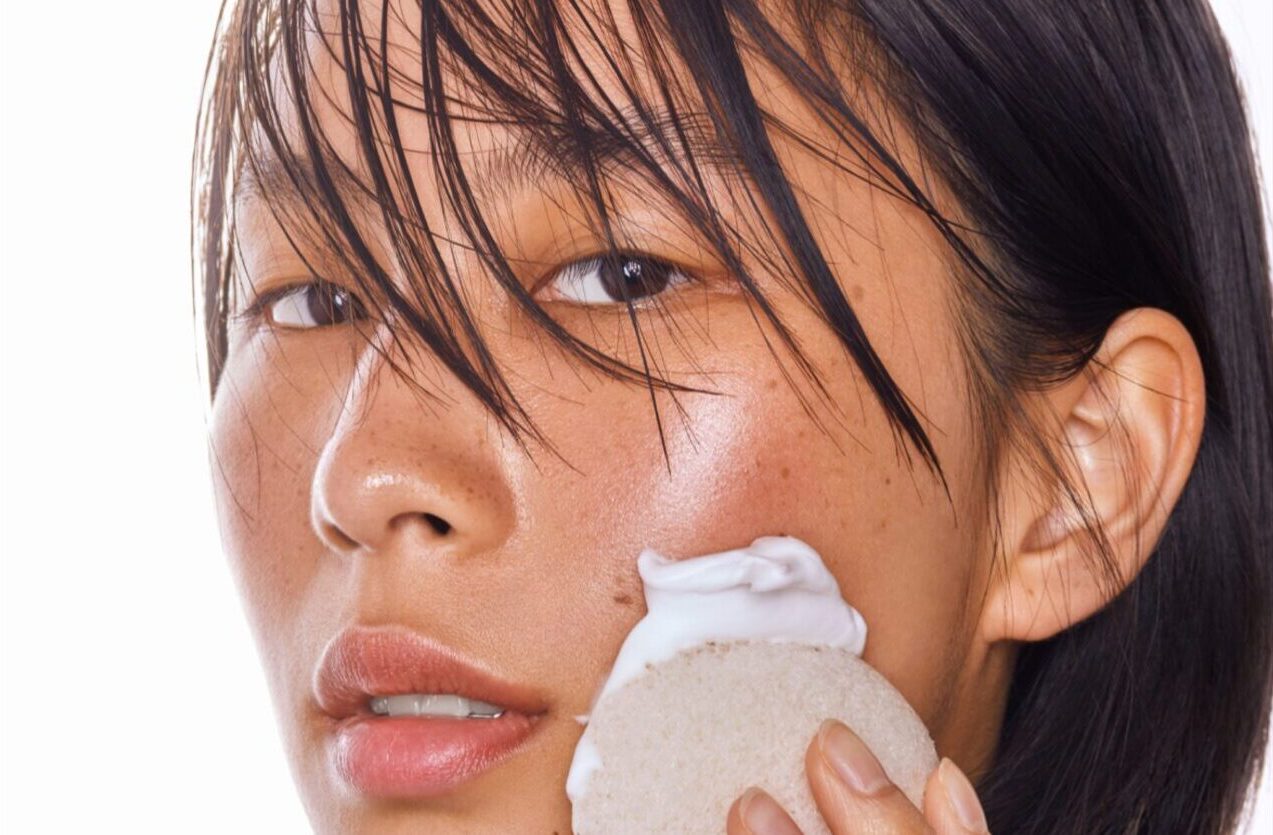


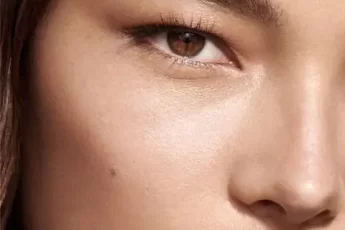
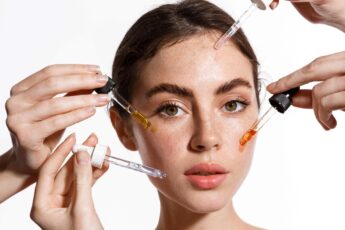
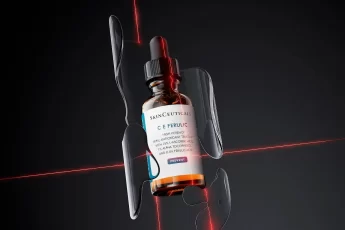
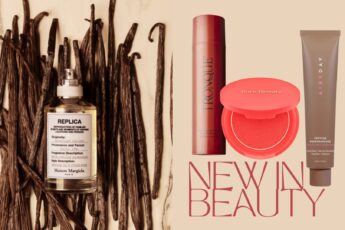
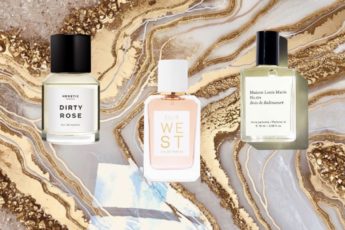
Leave a Comment